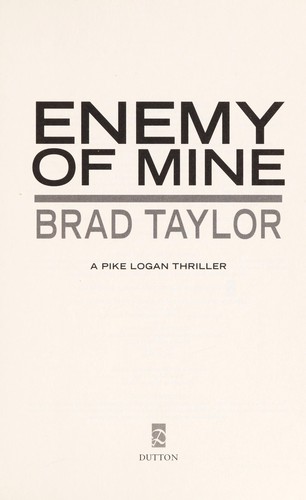

He draws on rarely examined slaveholder compensation files, submitted by Virginians to the federal government after the War of 1812, to examine the causes, methods, and ultimate consequences of slave flight and the threat of slave revolt in Virginia. He contends that white Virginians’ fear of their self-created “internal enemy” during the American Revolution and the War of 1812 fundamentally changed Virginia and set the state on a path that eventually led to the Civil War. Taylor takes another look at this paradox through the lens of fear.

Historians before Taylor have analyzed the paradox that Virginia presents: a state dedicated to liberty that also kept hundreds of thousands of Africans in bondage.

WINTER 2013 83 The Internal Enemy Slavery and War in Virginia, 1772-1832 Alan Taylor Alan Taylor’s The Internal Enemy: Slavery and War in Virginia, 1772-1832 addresses an important and complicated subject: racial slavery in Revolutionary and early national Virginia. Drawn from new sources, Alan Taylor's riveting narrative re-creates the events that inspired black Virginians, haunted slaveholders, and set the nation on a new and dangerous course.In lieu of an abstract, here is a brief excerpt of the content: Jefferson's startling observation registered a turn in the nation's course, a pivot from the national purpose of the founding toward the threat of disunion. His vision of a cataclysm to come proved prescient. I considered it at once the knell of the union." The notes of alarm in Jefferson's comment speak of the fear aroused by the recent crisis over slavery in his home state. In 1820 Thomas Jefferson observed of sectionalism: "Like a firebell in the night it] awakened and filled me with terror. Instead they turned south, their interests aligning more and more with their section. It also alienated Virginians from a national government that had neglected their defense. Tidewater masters had long dreaded their slaves as "an internal enemy." By mobilizing that enemy, the war ignited the deepest fears of Chesapeake slaveholders. They enabled the British to escalate their onshore attacks and to capture and burn Washington, D.C. As guides, pilots, sailors, and marines, the former slaves used their intimate knowledge of the countryside to transform the war.

The runaways pressured the British admirals into becoming liberators. Over many nights, hundreds of slaves paddled out to the warships seeking protection for their families from the ravages of slavery. Frederick Douglass recalled that slaves living along Chesapeake Bay longingly viewed sailing ships as "freedom's swift-winged angels." In 1813 those angels appeared in the bay as British warships coming to punish the Americans for declaring war on the empire.


 0 kommentar(er)
0 kommentar(er)
